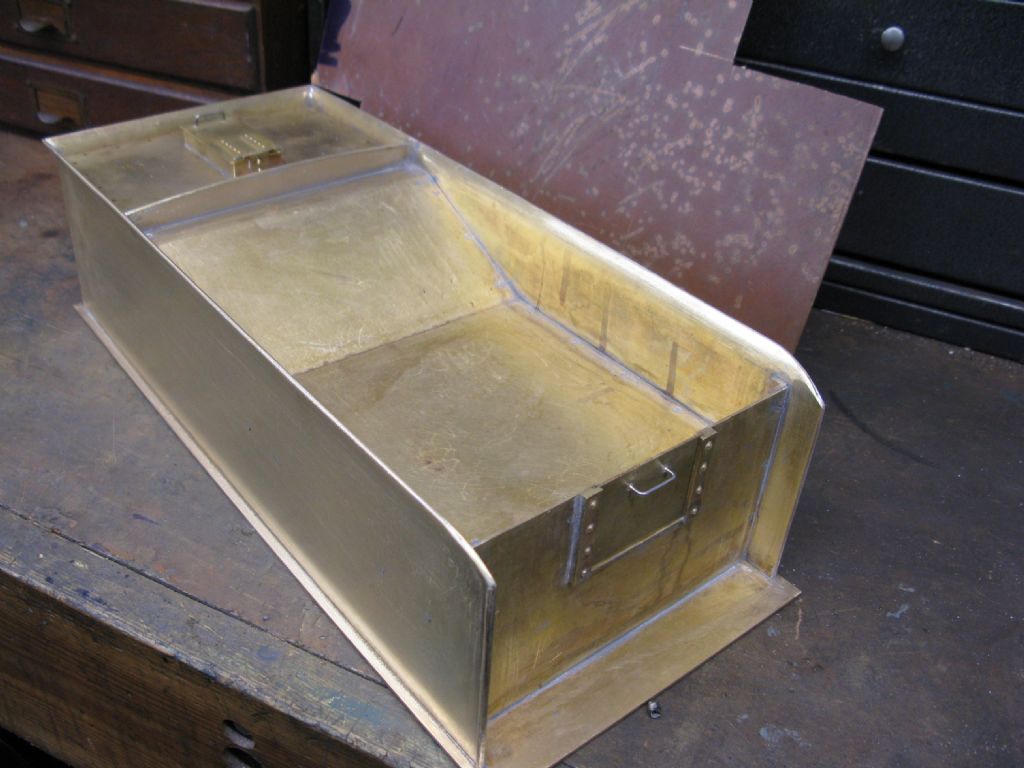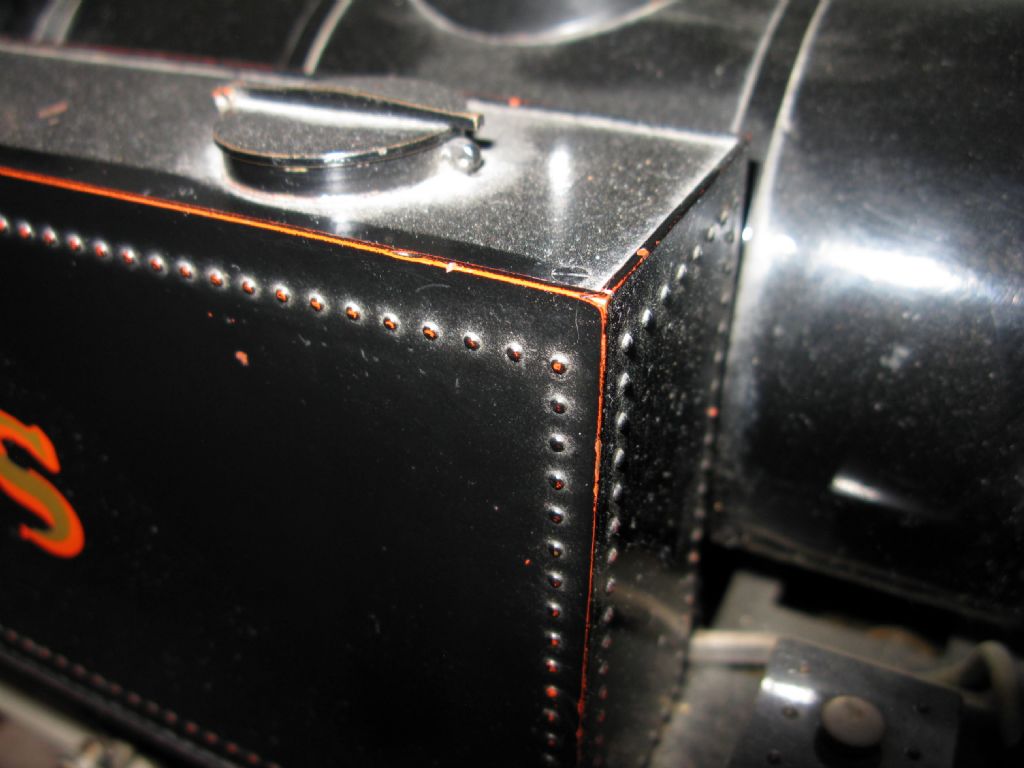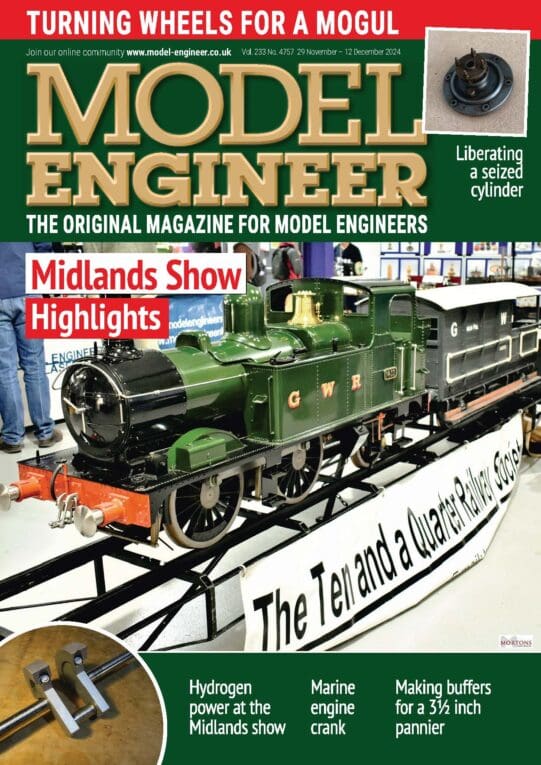Alternative methods to using abrasive blasting to achieve a paint key
Alternative methods to using abrasive blasting to achieve a paint key
- This topic has 12 replies, 9 voices, and was last updated 15 August 2022 at 20:38 by
Matt C.
Viewing 13 posts - 1 through 13 (of 13 total)
Viewing 13 posts - 1 through 13 (of 13 total)
- Please log in to reply to this topic. Registering is free and easy using the links on the menu at the top of this page.
Latest Replies
Viewing 25 topics - 1 through 25 (of 25 total)
-
- Topic
- Voices
- Last Post
Viewing 25 topics - 1 through 25 (of 25 total)
Latest Issues
Newsletter Sign-up
Latest Replies
- What is (Traditional) Model Engineering?
- Adverts on the forum
- Did the British Invent EVERYTHING!
- Traction Engine Identification Help Please….
- Taylor Hobson cutter grinder modificaton
- Taylor Hobson cutter grinder modificaton
- PocketMags Latest Issues
- iPadOS 18
- Dismantling the Pratt Burnerd Myford 3 jaw chuck
- New guy from Norway, planning a Bonelle grinder







